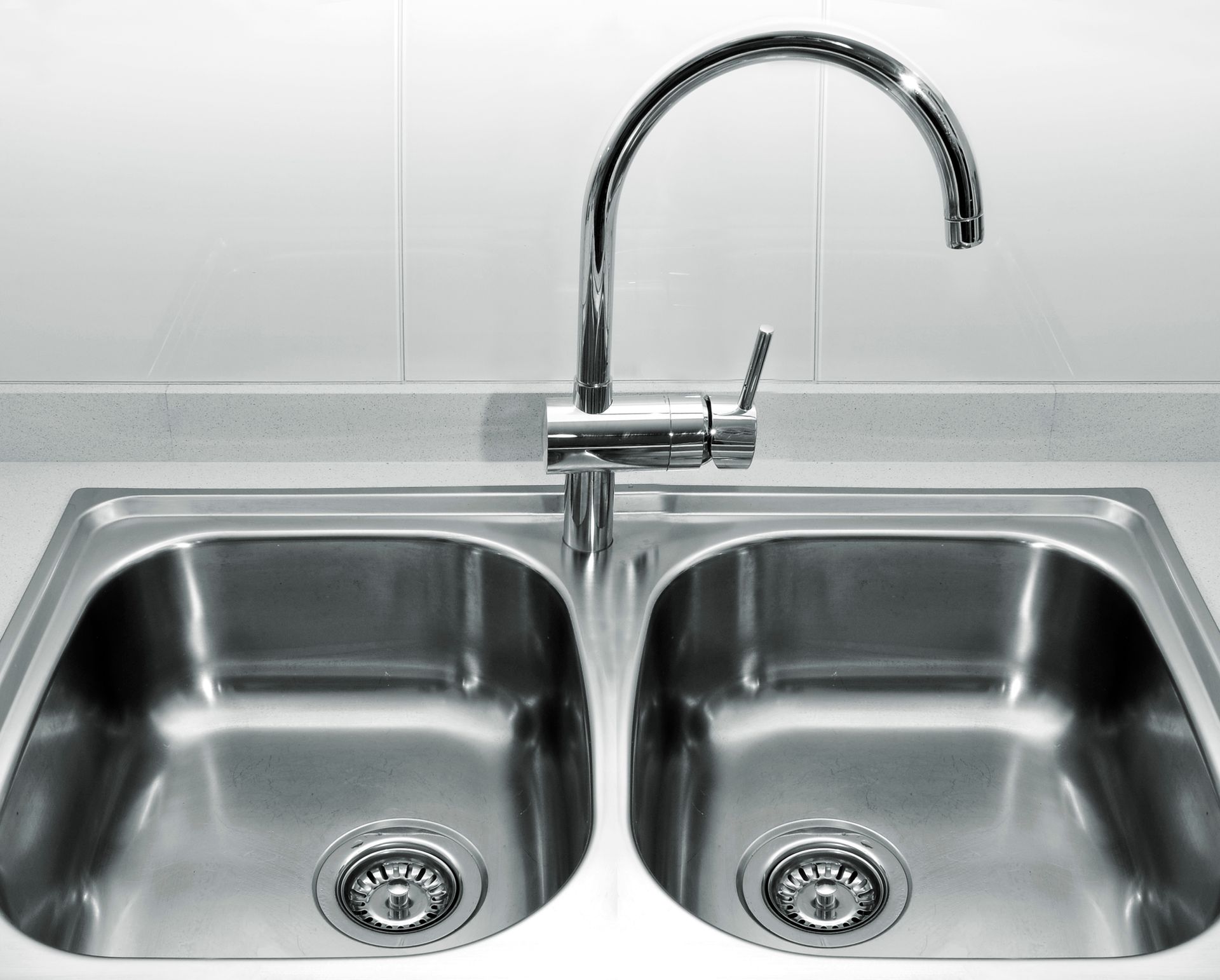CALL US TODAY!
Sludge, Gunk, and Grime in the Tub: What You Need to Know About Sewage Backup
Your home’s plumbing system is made up of an effectively designed combination of pipes. Each pipe fits perfectly into a set order so your home can receive fresh water when you turn on the tap and remove wastewater with the flick of a handle.
For your home to work properly and efficiently, all of these pipes must function as they were designed to. The pipes that bring water into your home should only ever provide clear, clean water from the spout. And the pipes that remove wastewater should never let water come back into your home.
Sometimes, though, the pipes that lead from your sink to the sewage system don’t work as they should. Sometimes, sewage and water back up through the pipes and reenter your home.
Below, we’ll tell you everything you need to know about sewage backup and why you should take immediate action if you notice it in your tub, shower, or sinks.
Causes of Sewage Backup
More often than not, you’ll experience a backup for one or more of the following reasons:
Sanitary Main Issues
If the sanitary main for your neighborhood has a block or stops working, you could experience sewage backups in your home. Your city public works office monitors and clears the mains frequently to prevent backups. But when a blockage isn’t detected in time, pressure will build in the main, causing the sewage to backflow. The sewage will then enter your home through the plumbing as the built-up pressure pushes it back.
Tree Root Growth
As trees grow, their roots descend deep into the ground looking for water and nutrients. If the roots come into contact with your pipes, they’ll find a way to break through these fixtures to access the water inside. The roots continue to grow, absorbing water and nutrients from your pipes. Eventually, the roots will become so thick and tangled that they can block your pipes entirely.
Heavy Rainfall
Sometimes, heavy rainfall can cause sewage to back up into your home. If they city’s draining systems can’t withstand the sudden onset of water, the water will find any available drain and use it as an escape hatch.
Additionally, if your home’s drainage system and landscaping don’t drain water away from your home properly, you are more likely to experience backups during a storm.
Signs of Sewage Backup
Even if you know what causes a sewage backup, identifying one can be difficult. Take the following steps to determine if you have a backup in your home:
- Look for sludge or sediment in your tub, shower, or sinks.
- Pay attention to foul odors. You’ll typically smell sewage from the pipes in your tub, shower, or sinks.
- Run your plumbing fixtures. Watch out for water that backs up after you flush your toilet or run water down your sinks.
If you notice any of these signs, contact a plumber as soon as possible. He or she can work with your city’s public works department to determine if the main is blocked or if your sewer line needs rodding from your home to the street.
Effects of Sewage Backup
Because sewage backup contains human waste, exposure to raw sewage can have adverse side effects. If you’re exposed to the bacteria for too long, you could develop health issues.
If you’ve been exposed to sewage backup and you experience symptoms like nausea, vomiting, fever, diarrhea, or abdominal pain, visit a health care professional immediately.
Backup Classification
When wastewater backs up into your home, it can be classified into one of two categories. The type of sewage backup that flows into your home determines the kind of action you should take to get rid of it.
Greywater
Greywater is a form of unsanitary, contaminated water that can make humans sick if they consume it. You’ll experience greywater backups if your sink, dishwasher, or washing machine overflows. The water doesn’t contain feces or pathogens, but if left alone for 48 hours, greywater degrades into blackwater as bacteria and pathogens grow in the stagnant water.
Blackwater
Blackwater, on the other hand, is much more toxic to humans. This kind of backup contains feces, urine, and other pathogens that could cause a human to become ill. Blackwater usually backs up from the toilet, but it can also back-flow through your other drain pipes. Additionally, any water in your home that sits stagnant for more than five days is considered blackwater.
Ways to Remedy Sewage Backup
If you ever experience a sewage backup in your home, contact a plumber immediately. Once your plumber arrives, he or she will inspect your home’s drainage system to find the source of the problem. Then, he or she will make the necessary repairs and provide you with tips to prevent a backup in the future.
The post Sludge, Gunk, and Grime in the Tub: What You Need to Know About Sewage Backup appeared first on .
Leave A Reply
More Posts
Quick Links
Business Hours
Monday - Friday: 7:30 a.m. - 4 p.m.
Saturday: By Appointment Only
Sunday: Closed
Payments Accepted









